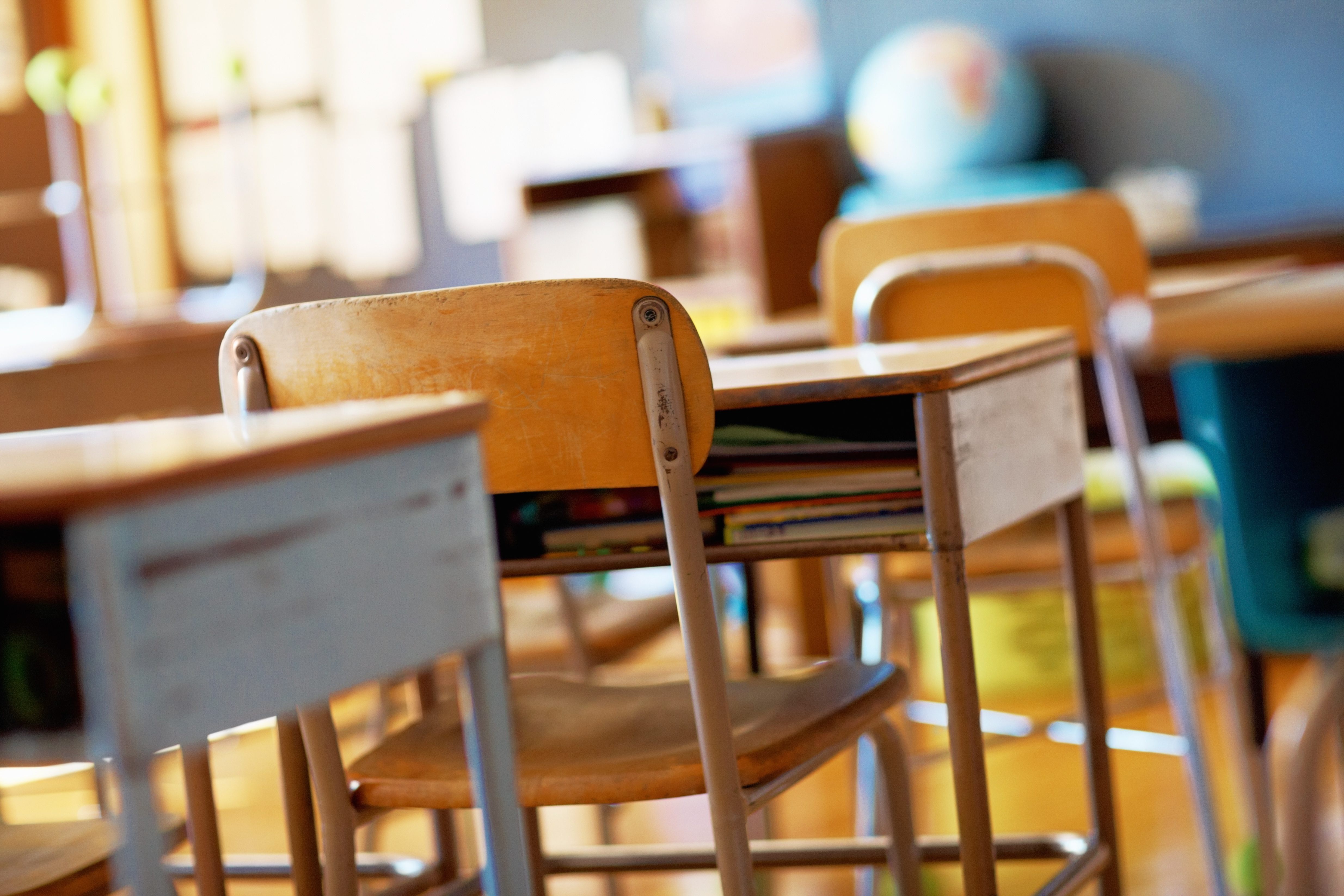Here’s what you need to know if you want to vote by mail in Pinellas County in 2022.
Request your mail ballot.
You can request a mail ballot by calling the Supervisor of Elections office at (727) 464-8683 or completing the online request form. You will have to provide a Florida driver’s license number, a Florida ID card number, or the last 4 digits of your Social Security Number.
You can request a mail ballot any time before Election Day, but if you request it within 10 days of Election Day you will have to go down to one of the Supervisor of Elections offices and pick it up in person.
Not sure if you already have an active mail ballot request? You can check here.
Receive your mail ballot.
Mail ballots are mailed to voters 33-40 days before the election (or within a few days of when you request it, if you request it within a month of Election Day). You can also choose to pick your mail ballot up from the Supervisor of Elections office. If your ballot is lost in the mail, or damaged, or you make a mistake, you can call the Supervisor of Elections office at (727) 464-8683 and get a new one.
Return your mail ballot.
After you fill out your mail ballot, put it in the secrecy sleeve and then put it in the return envelope that came with it. Make sure you sign your mail ballot envelope. This is really important. Missing signatures are one of the main reasons that mail ballots get rejected. We strongly recommend that you write your phone number and/or email address on the envelope as well. That way, the Supervisor of Elections can easily contact you if there is any problem with your signature.
Your mail ballot must reach the Supervisor of Elections office by 7:00pm on Election Day.
Late ballots won’t be counted. There are a few different ways to get it in on time:
- You can mail your ballot. Be sure to mail it at least 2 weeks before Election Day so that it arrives on time. A postmark date is not enough.
- You can drop off your ballot at any one of the three Supervisor of Elections offices any time during opening hours, before or even on Election Day. You can find hours and locations HERE. All three offices are open from 7:00am to 7:00pm on Election Day.
- You can drop your ballot off in an official, secure drop box. For the August primary and the November general elections, there may be an official drop box within a few miles of your home. Check www.VotePinellas.com for hours and locations. (There are no extra drop boxes for the March municipal elections.)
- You can ask an immediate family member or someone else who you trust to drop off your ballot for you. However, please note that a voter may only deliver ballots for immediate family members and ballots for maximum two other voters per election.
Track your ballot.
It is important to Track Your Mail Ballot online to make sure it arrived on time and there are no problems. If there is a problem, call the Supervisor of Elections office immediately at 727-464-8683 to find out how to fix it!
One last thing!
Avoid this common mistake. You can’t just drop off your completed mail ballot at your regular polling place on Election Day. But don’t worry, you can still vote! You will just have to exchange your mail ballot for an in-person ballot and then fill out the in-person ballot instead.
And remember, if you face any problems with requesting your mail ballot or voting by mail, you can call the nationwide, nonpartisan Election Protection Hotline at 866-OUR-VOTE!



